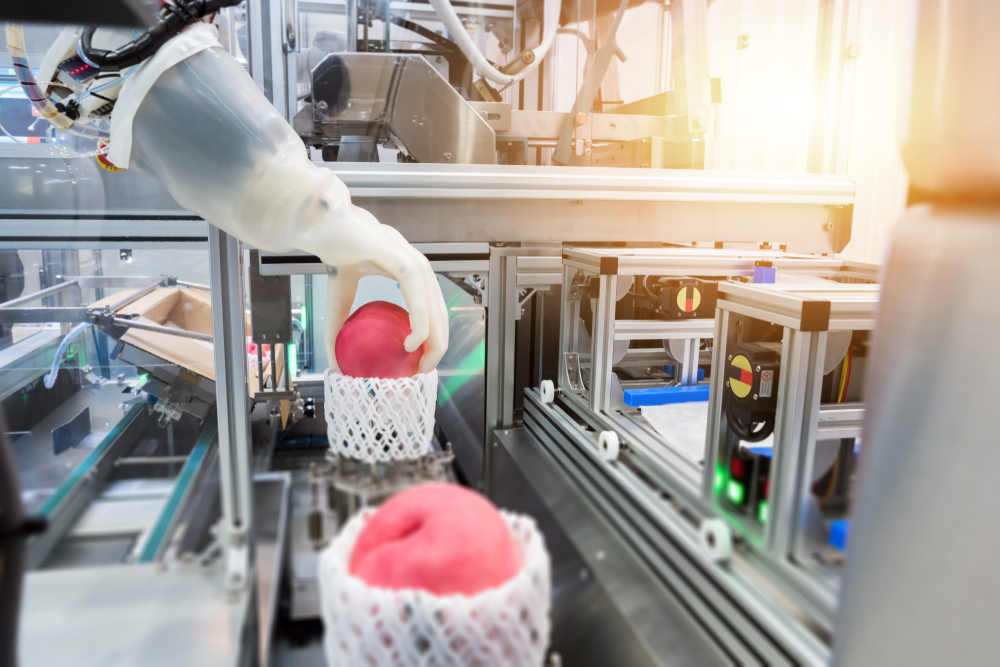Shaping the Future: The Role of Industrial Design Thinking in Business
Industrial Design Thinking is a powerful tool that is reshaping the way businesses operate. This innovative approach is not only transforming product development but also influencing strategic decision-making processes. Industrial Design Thinking has its roots in the mid-20th century when designers began to play a more significant role in product development. This approach was initially used to enhance the aesthetic appeal and functionality of products. However, over time, it evolved into a strategic tool that businesses use to solve complex problems and drive innovation.

Industrial Design Thinking in Today’s Business Landscape
In the current business environment, Industrial Design Thinking is being used as a strategic tool to drive innovation and growth. This approach encourages businesses to adopt a user-centric perspective, which helps them to understand their customers’ needs better and develop products or services that meet these needs.
The Impact of Industrial Design Thinking
Industrial Design Thinking has a profound impact on businesses. It not only helps in developing innovative products but also in improving operational efficiency and enhancing customer satisfaction. However, implementing this approach is not without its challenges. It requires a shift in mindset and a commitment to continuous learning and improvement.
The Benefits and Challenges of Industrial Design Thinking
The benefits of Industrial Design Thinking are numerous. It can lead to the development of innovative products, improved customer satisfaction, and increased operational efficiency. However, implementing this approach can be challenging. It requires a shift in mindset, a commitment to continuous learning and improvement, and the ability to embrace failure as a part of the innovation process.
Practical Insights
-
Start small: Begin with a small project or problem and gradually scale up as you gain confidence and experience.
-
Foster a culture of learning: Encourage continuous learning and improvement within your organization.
-
Embrace failure: View failure as an opportunity to learn and improve rather than a setback.
-
Collaborate: Encourage collaboration and cross-functional teamwork.
-
Stay customer-focused: Always keep the needs of your customers at the forefront of your decision-making process.
Conclusion
Industrial Design Thinking is a powerful tool that can drive innovation and growth in businesses. By adopting a user-centric approach and fostering a culture of learning and improvement, businesses can leverage this approach to develop innovative products, improve operational efficiency, and enhance customer satisfaction. However, implementing Industrial Design Thinking requires a shift in mindset and a commitment to continuous learning and improvement. Despite the challenges, the benefits of this approach make it a worthwhile investment for businesses looking to stay competitive in today’s rapidly evolving business landscape.





